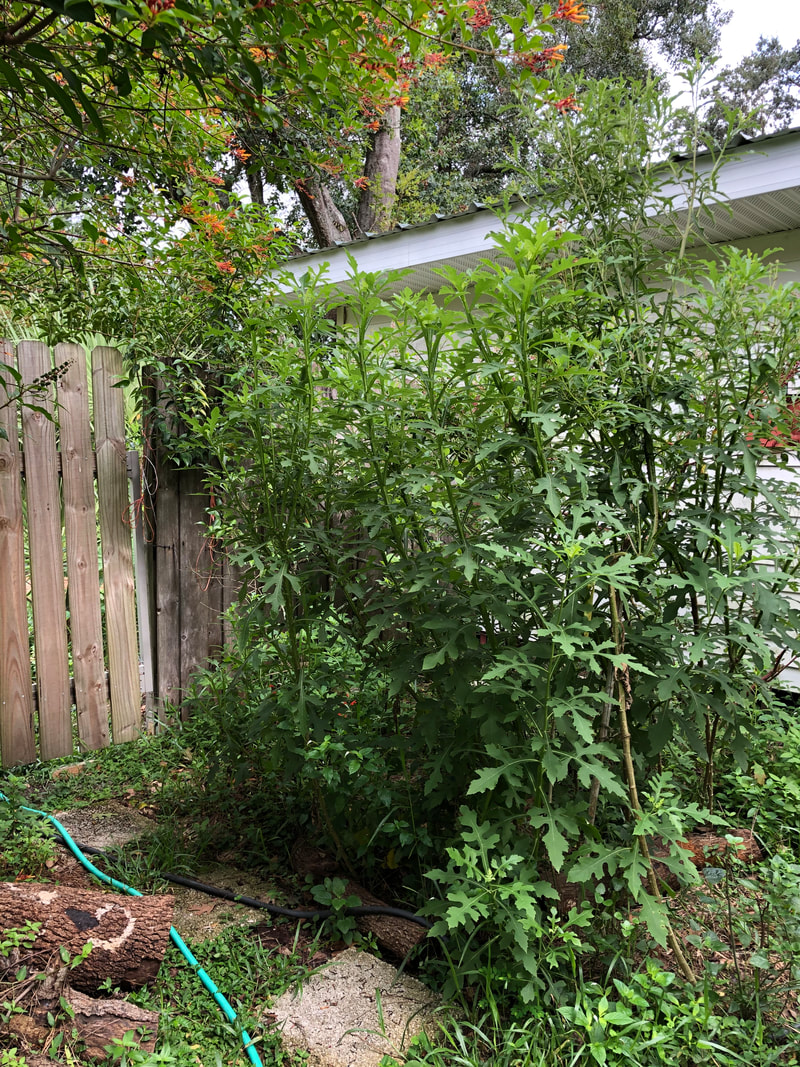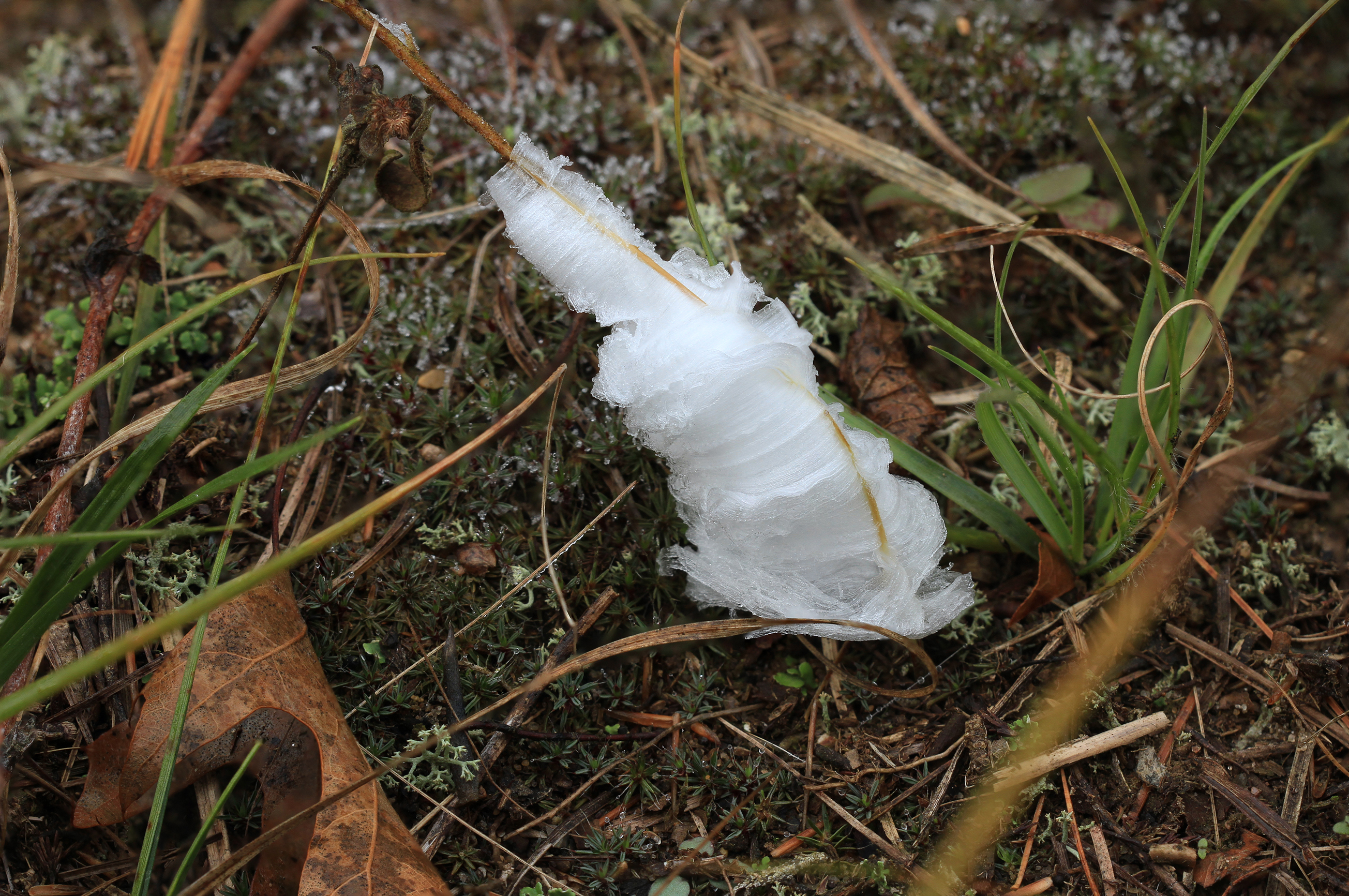
Provide soil temperature moderation preventing premature soil warming in winter and providing a cooler root zone in summer.Provide insulation to protect the crowns of tender perennials and die-back perennials giving gardeners up to an extra half a zone of winter warmth allowing us to grow that which we normally could not.Provide soil microbes, mycorrhizae (beneficial fungi), earthworms,and even nematode predators the necessary organic matter and ecosystem to thrive while their actions aid in improving soil tilth and or friability (think of this as the ease with which roots are able to penetrate the soil).Provide shade for the soil to help reduce moisture loss and prevent weed seed germination.Help to improve soil organic matter as it breaks down.With that said, many plants, like prairie natives, are quite adaptable to soil types and can thrive in heavy clay as easily as a loose sandy loam.ĭo you know the many benefits of a proper organic mulch? Click here to learn more.Ī breathable organic mulch is not only aesthetically pleasing (looks nice) but can: Most plants will grow and flower and or fruit best where they have ample moisture and nutrients available during the growing season. Drought resistant plants will need to be well-established, usually 2-3 years at a minimum, in the garden or landscape before they are able to withstand lengthy periods (weeks or months) without supplemental water. These are the basic soil types and moisture levels where this plant will survive, not necessarily thrive. Soil & Moisture: Average moist, well-drained soil.
#Red frost weed full#
Outdoor Light: Full sun, Mostly sunny, Part shade, Part sunįull Sun - 8 hours or more of direct sunlight Partial Sun or Partial Shade - 4-6 hours of direct sunlight AM Sun or Morning Sun or Cool Sunlight - cool sunlight but usually in the shade during the heat of the day Light Shade - Bright indirect sunlight for much of the day Filtered Shade - may receive some amount of direct moving sunlight like through trees but usually not for any extended period especially during the heat of the day Shade - no or very little direct sunlight, especially not during the heat of the day. If you do not know your zone you can find it by clicking on the " USDA Cold Hardiness Zones" link here or above. For more on stretching your cold hardiness zones see the " "Growing on the Edge Growing Guide". Our zones do not always agree but we try to use our own experience as to what can be depended on to return or have known reputable gardens and or horticulturists to reliably grow that plant in zones that are usually colder but sometimes warmer than what other resources have available. Each zone is separated by 10 oF and the map was updated in 2012. And these are averages, here in zone 8B ('A' represents the colder half of a zone and 'B' represents the warmer half of the zone and they are separated by about 5 oF) we have seen single digits but that is the exception but should be noted by the daring gardener. USDA Cold Hardiness Zones were established to give gardeners, horticulturists, farmers, nurseries, and landscape architects a universal way to describe where a plant will survive with regard to average winter lows for a region. Under poor growing conditions plants may be slightly to significantly smaller, whereas excellent growing conditions can produce larger more vigorous plants. Parentheses are used to indicate that the plant can potentially reach that dimension, although the sizes outside of the parentheses tend to be more typical. Feet are represented by a single quote and inches by a double quote. This is the average expected mature height by width in feet or inches.

Yellow Foliage/Stems or Marked with Yellow.White Foliage/Stems or Marked with White.Silver or Gray Foliage/Stems or Marked with Gray or Silver.Purple Foliage/Stems or Marked with Purple.Orange Foliage/Stems or Marked with Orange.Maroon, Burgundy, or Purplish-Red Foliage/Stems or Marked with those or similar colors.Chartreuse Foliage/Stems or Marked with Chartreuse.Black Foliage/Stems or Marked with Black.Missouri Botanic Gardens Plants of Merit.Great Plant Picks for the Pacific Northwest.Sasanquas - Variegated and Multi-Colored.

Fragrant Camellias, Sasanquas, and Hybrids.Dwarf Sasanqua Camellias (2 to 5 feet high).Camellias - Midseason Flowering Japonicas.Camellias - Late Season Flowering Japonicas.Camellias - Exceptionally Long Flowering Japonicas.Camellias - Early Season Flowering Japonicas.Camellia Japonica By Flowering Season (Early-Mid-Late).Camellias - Variegated and Multi-Colored Japonicas.


 0 kommentar(er)
0 kommentar(er)
